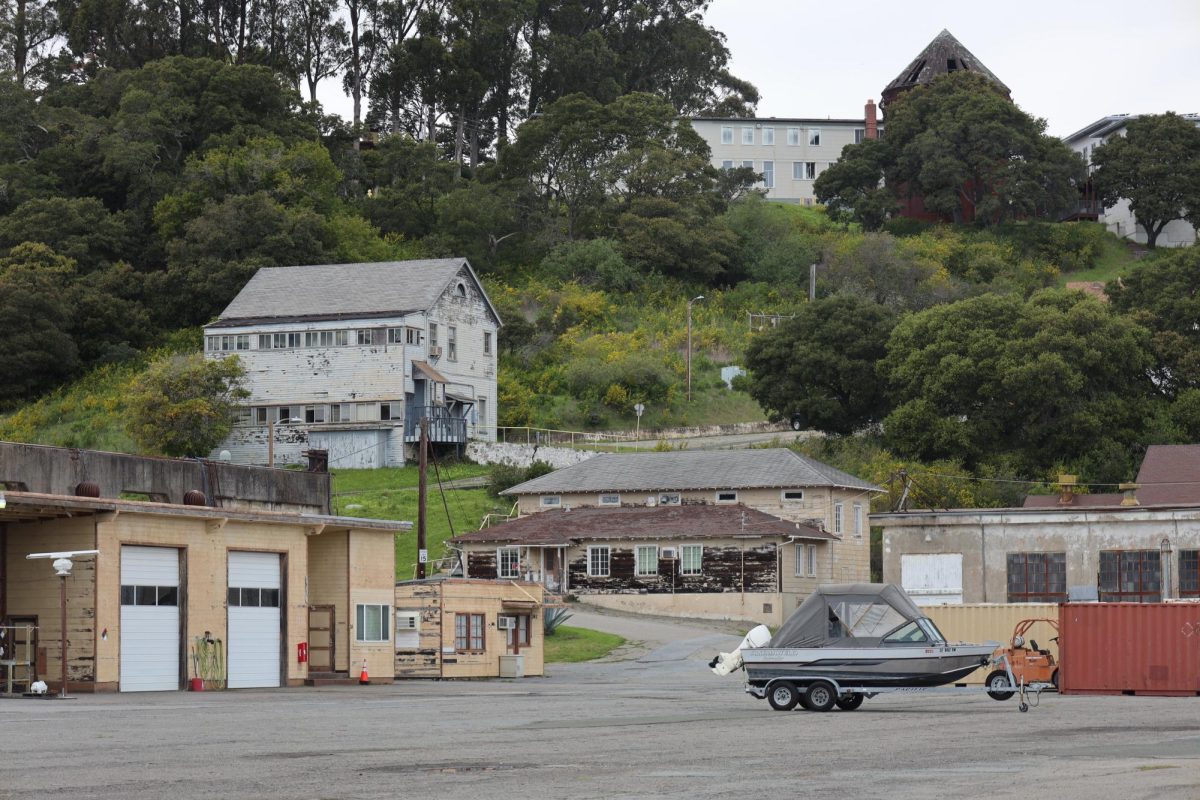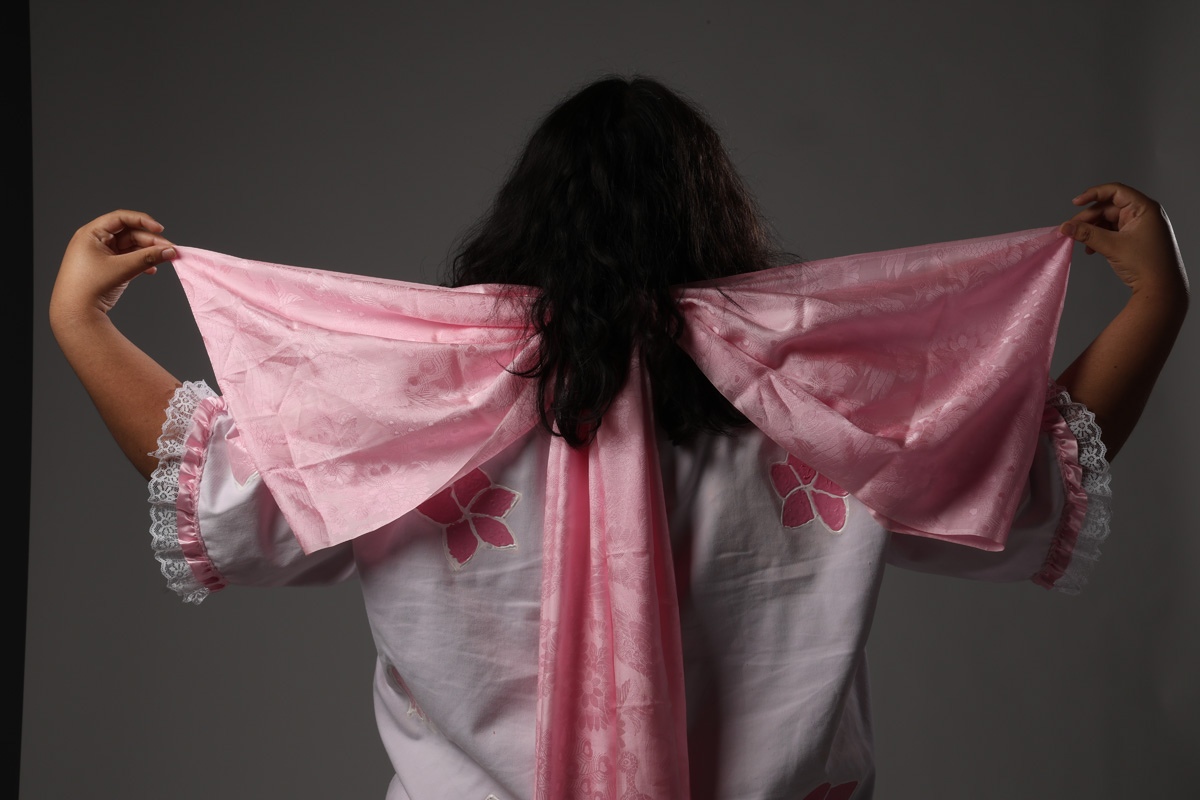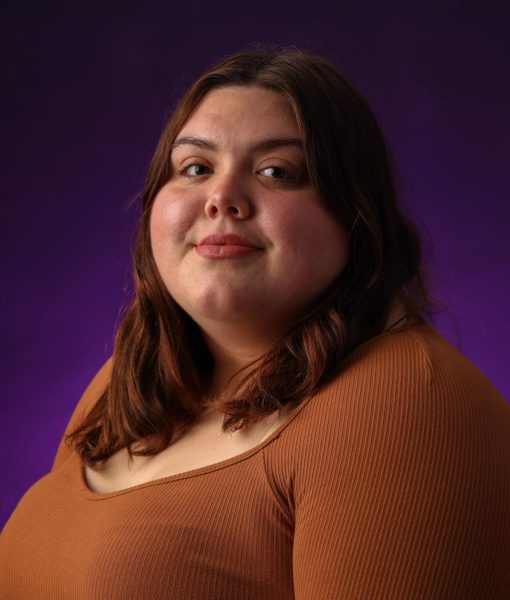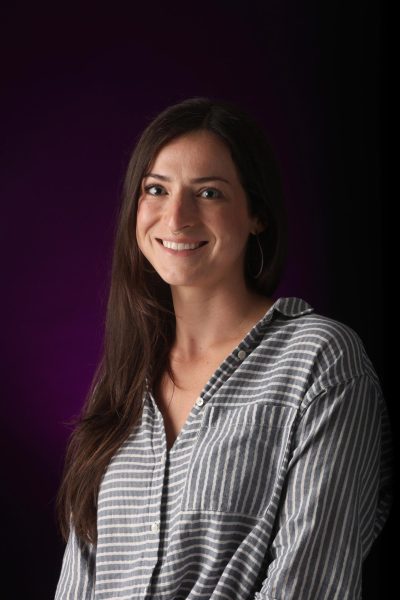Deep on the Tiburon peninsula, located in the perfect spot for marine and estuary research, is the Romberg Tiburon campus. Seagulls chirp while the waves brush against rocks and bubbles from the eelgrass tank provide an aura of relaxation. There is calmness on campus, but inside the minds of the scientists who work there, a storm is brewing.
The Estuary and Ocean Science Center at the Romberg Tiburon Campus is the only marine lab located on the San Francisco Bay. Researchers and scientists from Washington state to Singapore know about the effects of the potential closure. If funding can’t be secured by May, the campus’ closure will stand.
Dr. Andrew L. Chang is an ecologist from the Smithsonian Environmental Research Center, also located on the Romberg Tiburon Campus. This research center would also lose its physical location on the bay.
“The budget crisis facing SFSU is dire – but so are the challenges faced by our regional and global climate and ecosystems,” Chang wrote in a statement to Xpress Magazine. “In addition to the unique cutting edge research carried out at the EOS Center, there clearly is a need and demand from students for hands-on research experience and education offered by EOS Center.”
Chang also stated there has never been a more important time to invest in training the climate workforce of the future. He said the Romberg Tiburon Campus could and should be an essential part of that vision.
“We at the Smithsonian have been proud to partner with the researchers and students at the Romberg Tiburon Campus, and we hope that we can continue to do so in the future,” Chang wrote in a statement to Xpress.
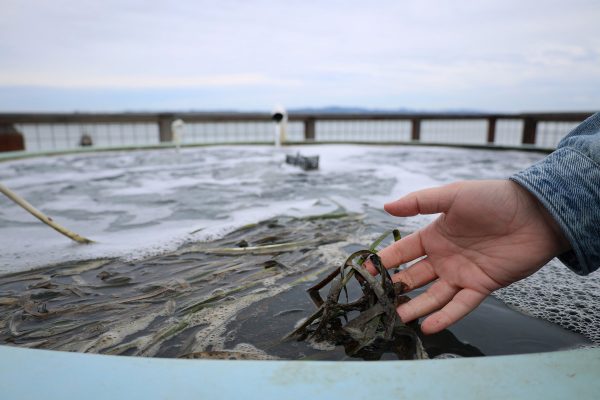
Jennifer L. Ruesink is a biology professor at the University of Washington. She is aware of the Tiburon campus closure and understands the lasting impacts. When Ruesink heard about the closure, she knew the importance of research being conducted right on the water.
“Having something that is right on the water in San Francisco Bay is so valuable in order to be able to do the place-based research,” Ruesink said.
Gretchen Coffman is a senior lecturer at the National University in Singapore.
“I now, from across the world at the National University of Singapore, I see how researchers globally recognize RTC’s global significance,” Coffman wrote in a statement to Xpress. “It is a living laboratory for hope, resilience, and the future of our estuaries –– and the only research station actively teaching students on the San Francisco Bay.”
Only tenured faculty of the EOS Center would be relocating to the main campus. While there are 15 labs in total, 12 of the labs will not be moving. Angelo LaCommare-Soto is a graduate student who works with Dr. Katharyn Boyer, the interim executive director of the EOS Center.
“The closure is very unfortunate, especially for me, because I am a first-year student,” LaCommare-Soto said. “So, a lot of my planned projects depend on having this center for carrying out the rest of my [degree].”
Podcast Script:
[Natalie Metcalf ]: There’s salt in the air from the ocean, seagulls land on pulleys and a sea lion pops its head out of the water. The sun shines brightly, making the Bay Area water look like a million tiny crystals. The location…? San Francisco State’s Estuary and Ocean Science Center at the Romberg Tiburon Campus.
[Natalie Metcalf] : I’m Natalie Metcalf.
[Olivia Mendez]: And this is Olivia Mendez. We’re standing at the eelgrass tank, which is just about 15 feet away from the water of the bay. Inside there’s local eel grasses and algae. And this is a touch tank. If you reach in and pull some algae up, you see all the little animals that have managed to grow within this big tank here too.
[Natalie Metcalf] : The Romberg Tiburon Campus is home to researchers and students alike. They study the environment and look for ways to solve tough problems facing the ocean and coastal areas. Right now, the lab is at the perfect location.
[Olivia Mendez]: This is the only Marine Science Research Center that’s physically located on the bay. But this campus could go away because it’s been recommended for closure as a response to the California State University system’s budget deficit.
[Natalie Metcalf]: So, what’s the future of marine and estuary research in the Bay if this campus closes?
[Olivia Mendez]: Well, Dr. Katharyn Boyer, the interim executive director of the EOS Center, had something to say about that..
[Kat Boyer]: I can’t bear to imagine it closing.
[Kat Boyer]: We want people to be engaged with sea level rise and understand how it’s affecting their communities and how it’s affecting the bay and, you know, giving them a way to have some hands-on experience with it is part of what we try to do.
[Natalie Metcalf]: There are 15 labs at this campus and the research that comes out of it
affects the bay long term. This campus provides SF state students with hands on learning and is the only place in the Bay area that can do that.
[Olivia Mendez] : The campus is 53 acres and expensive to maintain. For years, she knew that the space would be pushed to self support.
[Natalie Metcalf] : SF State proposed to relocate the EOS Center to the main campus but
[Natalie Metcalf] : Only tenured faculty would be moving. This includes Dr. Boyer and two other professors but you can’t take a marine lab off the bay and expect the same results.
[BOYER]: And so that’s, that’s the really hard part. moving to campus is not going to support the kind of research I do.
[Olivia Mendez] : One of the labs that won’t be moving to the main campus is run by Dr. Anne Simonis, an acoustic ecologist and oceanographer. She’ll have to find a new home.
[Anne Simonis] : I bring in all of my own money through grants for research, and I would not have a physical space on main campus if this was closed and I may not be able to run my grants through the university anymore, so I would have to either return that money to the funders or find a new organization to transfer my grants to.
[Natalie Metcalf] : One of the things that most disappoints Simonis
is that SF State students lose the chance to do the research on the bay.
[Anne Simionis] : It’s been challenging because I would love to recruit the next generation of graduate students and undergraduate students join my lab, but I can’t do that right now, knowing that the future of this place and my research program here is in jeopardy.
[Olivia Mendez] : The Tiburon campus annual budget is short five hundred and fifty thousand dollars
[Natalie Metcalf] : So what’s the health of the bay worth?
[Olivia Mendez]: Well, President of SF State Lynn Mahoney explained that budget cuts have affected all aspects of the CSU system. Her goal is to preserve the school’s mission of undergraduate instruction.
[Lynn Mahoney] : It’s largely a research facility. We’re not funded for research. The UCs are funded for research. We’re funded for educating, primarily undergraduates.
[Olivia Mendez] : The university has tried to save the Tiburon Campus for years but hasn’t created a plan to make it sustainable. According to Mahoney, a philanthropic organization has expressed interest in supporting the campus and they are in active negotiations.
[Lynn Mahoney] : “Marin is one of the wealthiest counties in California. Have you seen them ride in to save, to save this research center and this campus? I have not.”
[Natalie Metcalf] : Well, if Dr. Boyer secures funding, the campus will be brought back; otherwise, the decision to close will stand.
[Natalie Metcalf]: Another one of SF State’s missions is climate justice. An organization called Climate HQ is a campus hub focused on climate change.
[Kai Burrus]: I’m Kai Burrus I’m a professor of biology here at San Francisco State University and I’m also the co director of SFSU Climate HQ.
[Kai Burrus]: The research that’s being done at Tiburon is critically important to the health of the bay. We can’t have the Bay Area without the bay and without people stewarding the bay, the health of the bay is going to be really in peril. Imagine a San Francisco Bay area with no doctors. This is like the SF Bay with no doctors. There’s nobody taking care of the health of the bay.
[Olivia Mendez] : Dr. Burrus explained estuary research is important for the economy and the planet.
[Kai Burrus] : There are many studies that tell us that an ounce of prevention is worth a pound of gold and that if we invest in climate change solutions now, it will save us a ton of money later. economically.
[Olivia Mendez] : The effects of this closure ripple beyond SF State. In Sausalito, Catie Thow Garcia is the city’s first resiliency and sustainability manager and she knows this first hand. She received her master’s from the EOS Center in 2022.
[Catie Thow Garcia]: To me, the EOS center potentially closing is you’re losing all of that great knowledge that’s in one location and then can be shared through other organizations, through other municipalities.
[Natalie Metcalf] : This is a good point, Catie explained that Dr. Boyer’s research helped fund coastline resiliency efforts in Sausalito. As climate change becomes more apparent, this campus develops solutions for the communities in the bay.
[Olivia Mendez ] : That’s the sound of the eelgrass touch tank back at the Tiburon campus.?
[Natalie Metcalf] : What about it?
[Olivia Mendez] : Catie explained that eelgrass restoration is just one example of estuary research being done at the campus.
[Catie Thow Garcia]: You need healthy eelgrass populations to have healthy herring populations. Without healthy herring populations, you don’t have humpback whales, and you don’t have the tourism that comes to the Bay Area to see the humpback whales. So it really goes beyond so far, just like one little organism, one little aquatic grass that’s in the bay.




